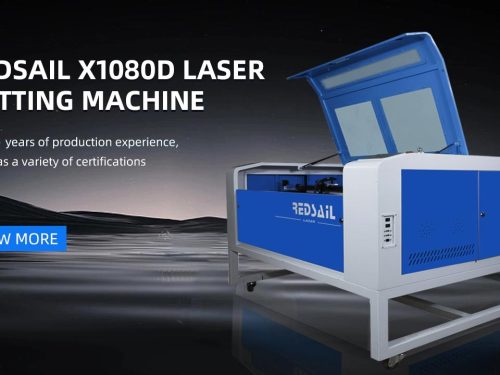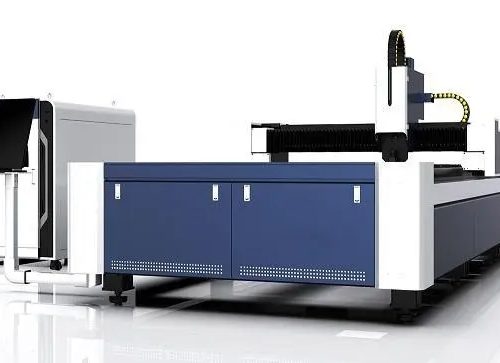
Principle: Laser is a type of light that, like other natural light, is generated by the jumping of atoms (molecules or ions, etc.). But unlike ordinary light, lasers only rely on spontaneous radiation for a very short period of time, and the subsequent process is completely determined by laser radiation. Therefore, lasers have very pure colors, almost no divergent directions, high luminous intensity, and high correlation.
Laser cutting is achieved by utilizing the high power density energy generated by laser focusing.
Under the control of a computer, the laser outputs a controlled repetitive high-frequency pulse laser through pulse discharge, forming a beam of light with a certain frequency and pulse width. Pulse laser beams are transmitted and reflected through the optical path, focusing on the surface of the processed object, forming subtle high-energy density light spots that melt or vaporize near the surface to be processed.
Each high-energy laser pulse instantly splashes out a small hole on the surface of the object. Under computer control, the laser processing head and processing material move continuously relative to each other based on the pre drawn pattern, allowing the object to be processed into the expected shape.
Laser cutting machines are suitable for cutting materials:
(1) Carbon steel plate cutting:
Modern laser cutting systems can cut carbon steel plates with a maximum thickness of approximately 0.1mm, and the cutting seam of thin plates can be narrow to around 0.1mm. The Heat-affected zone of laser cutting low-carbon steel is very small, flat, smooth, and good perpendicularity. For high carbon steel, the edge quality of laser cutting is better than that of low carbon steel, but its Heat-affected zone is larger.
(2) Stainless steel cutting:
Laser cutting makes it easier to cut stainless steel plates. The YAG laser cutting system can cut stainless steel with a maximum thickness of 4mm.
(3) Alloy steel plate cutting:
Most alloy steel can be cut with laser, and the quality of the cut edges is good. However, tool steel and hot mold steel with high tungsten content may have corrosion and slag sticking during laser cutting.
(4) Aluminum and alloy plate cutting:
Aluminum cutting belongs to melting cutting, which assists in blowing away the molten material in the cutting area with gas, which can achieve better cutting quality. At present, the maximum thickness for cutting aluminum plates is 1.5mm.
(5) Cutting other metal materials:
Copper is not suitable for laser cutting as it is very thin. Titanium, titanium alloys, and nickel alloys can be cut by laser.










